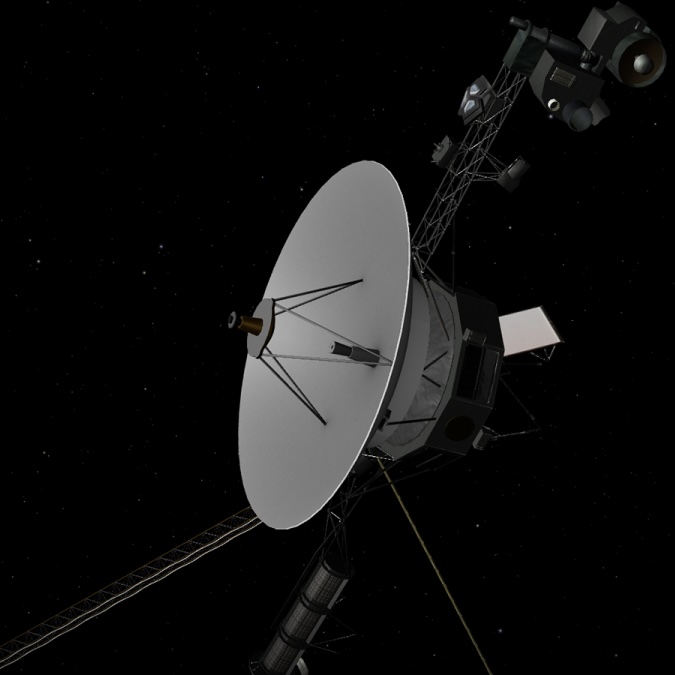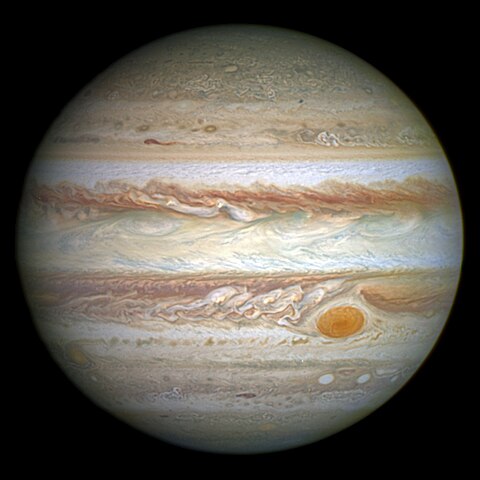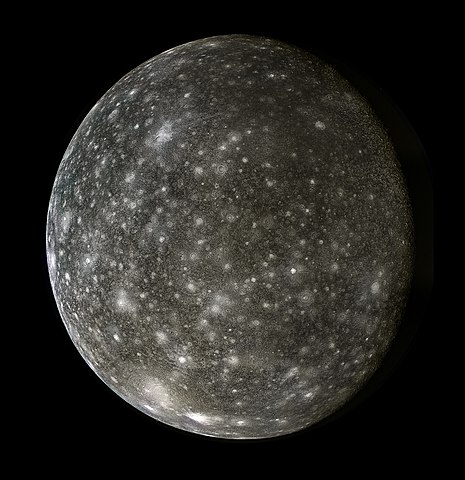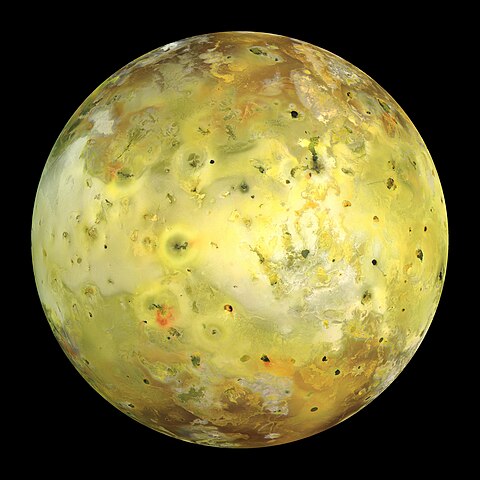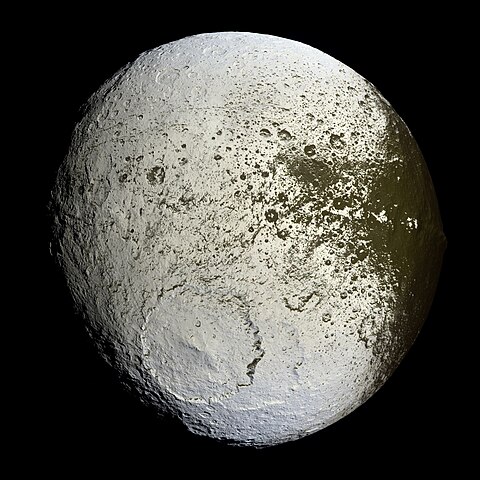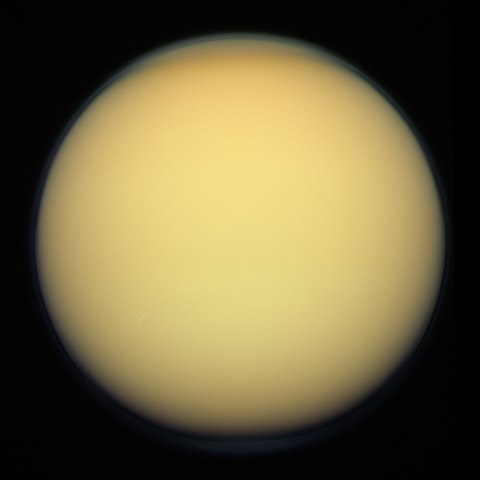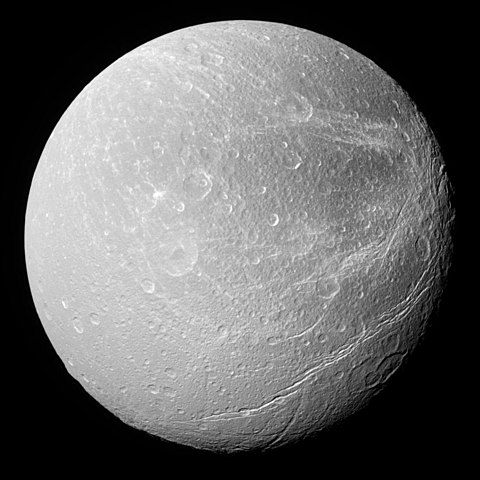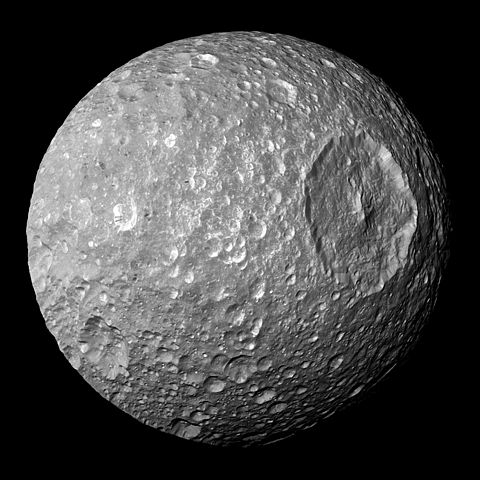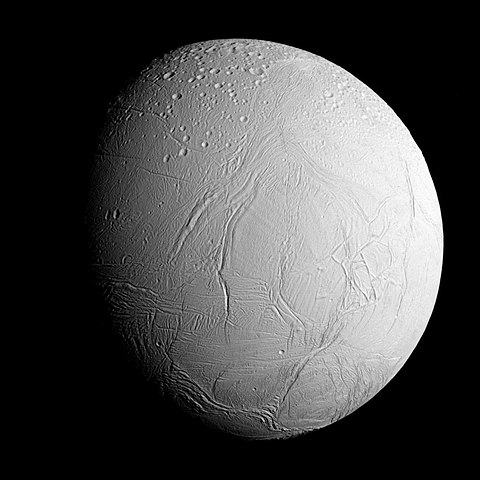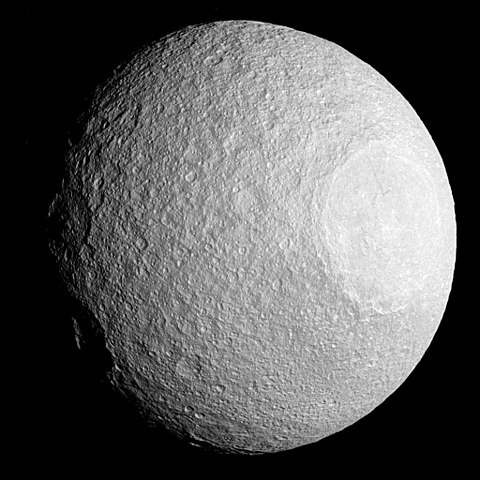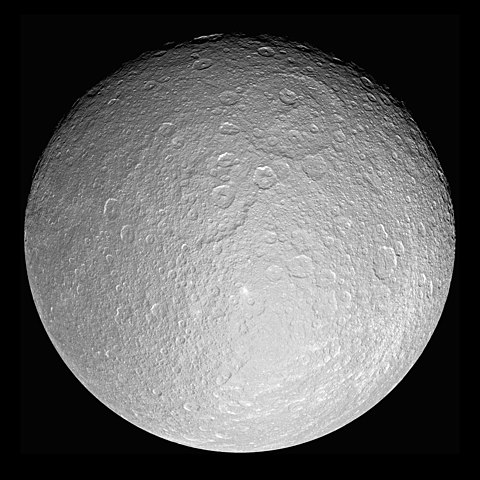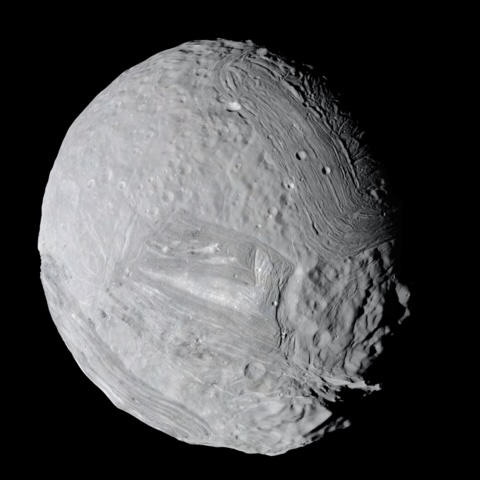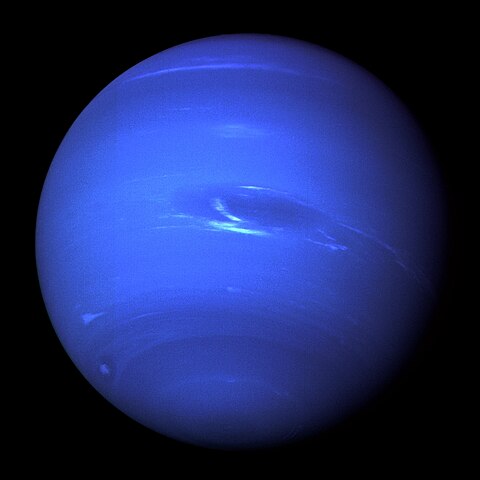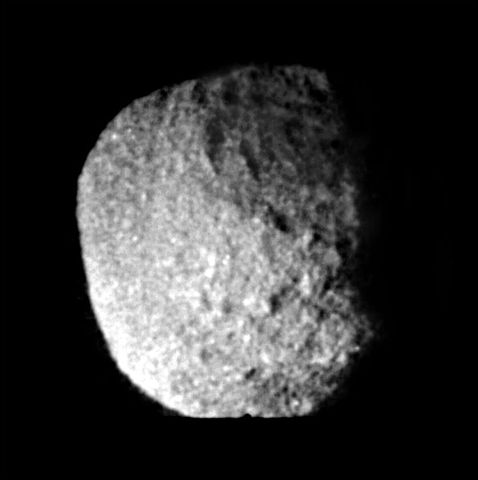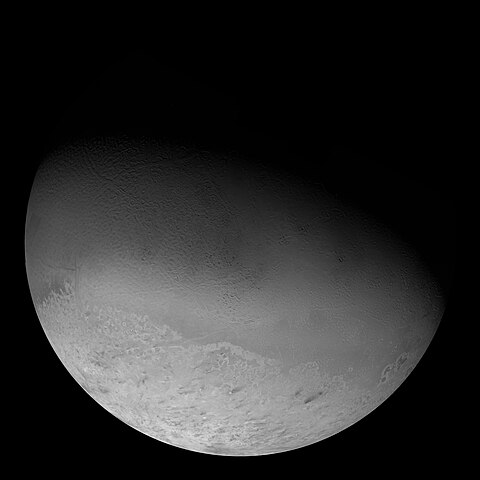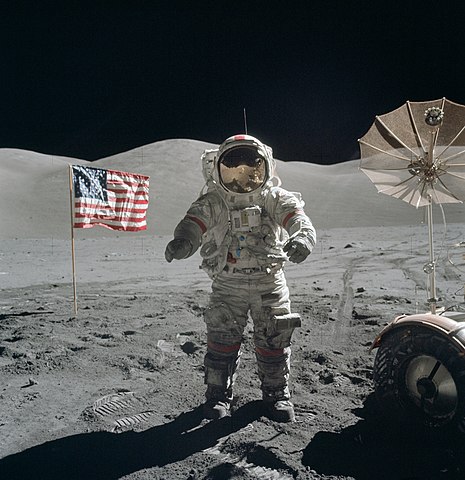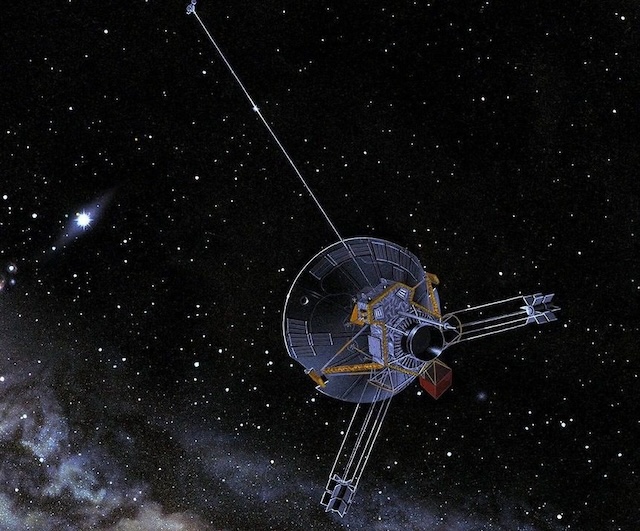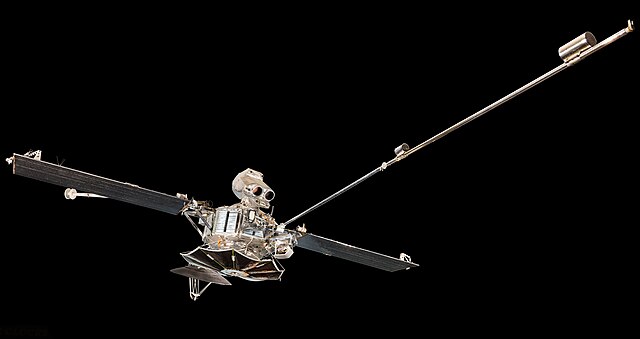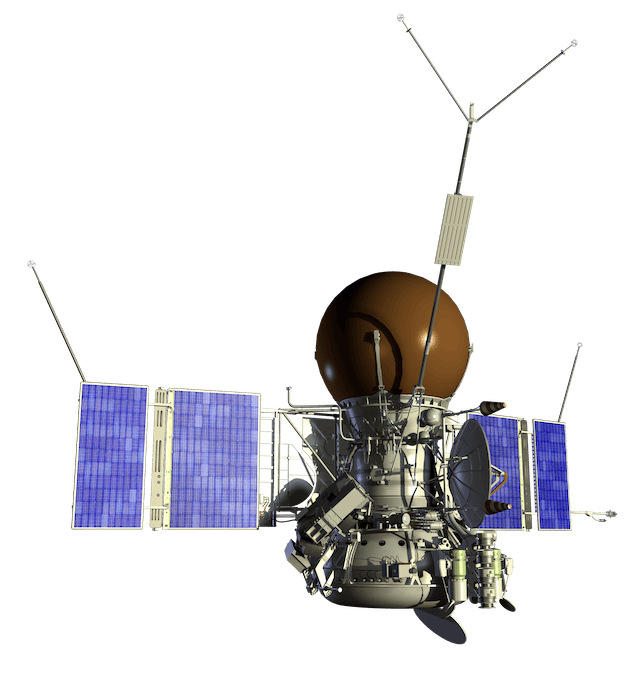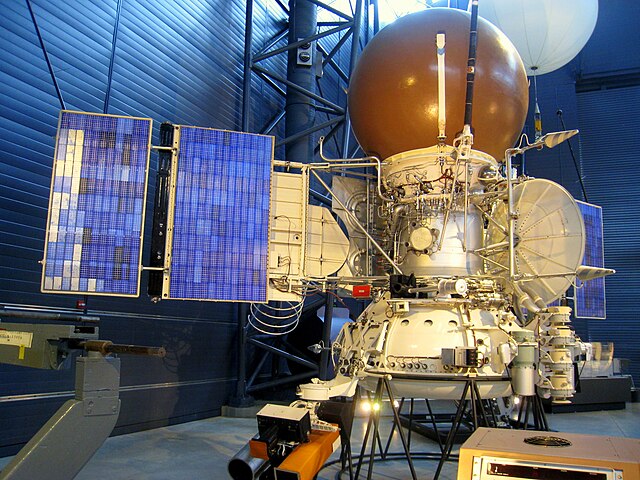1 day / second
0.5 AU
Voyager 2
Spacecraft
An interplanetary probe launched in 1977 that visited all four giant planets, discovering new moons and rings, and continues to send data from the edge of the Solar System as it travels into interstellar space.
Key Facts
organization | NASA |
orbital regimes | Outer System Kuiper Belt |
learn more | Wikipedia |
launched | 1977-08-20 |
launch mass | 721.9 kg |
power | 470 watts |
Mission Timeline
Launched
August 20, 1977 at 14:29 UTC
Jupiter
Flyby
Voyager 2 completed its Jupiter flyby on July 9, 1979, capturing over 18,000 images of the planet and its moons while discovering three new Jovian satellites, Jupiter's faint ring system, and the first active extraterrestrial volcanoes on Io.
Callisto
Flyby
Voyager 2 captured over 1,000 images of Callisto during its closest approach of 240,000 kilometers on July 8, 1979, revealing the moon's heavily cratered surface in unprecedented detail.
Ganymede
Flyby
During its flyby of Ganymede on July 9, 1979, Voyager 2 captured detailed images of the moon's surface from a distance of 55,000 kilometers, revealing features like dark terrain, grooved terrain, and impact craters.
Europa
Flyby
Voyager 2 captured detailed images of Europa during its flyby on July 9, 1979, revealing the moon's icy surface crisscrossed by a complex network of linear features and relatively few impact craters.
Io
Flyby
During its flyby on July 9, 1979, Voyager 2 captured detailed images of Io's volcanic surface and helped confirm the moon's intense geological activity, following up on Voyager 1's earlier discovery of active volcanism.
Saturn
Flyby
During its flyby of Saturn from August 25 to September 4, 1981, Voyager 2 captured over 16,000 images of the planet, its rings, and moons, revealing new details about ring structures and discovering several new moons including Atlas.
Iapetus
Flyby
On August 22, 1981, Voyager 2 captured distant images of Iapetus from 2.2 million kilometers away during its Saturn flyby, providing limited but valuable data about the moon's distinctive two-toned coloration.
Hyperion
Flyby
Voyager 2 made its closest approach to Hyperion on August 25, 1981, capturing detailed images of the moon's irregular, sponge-like surface from a distance of 470,000 kilometers.
Titan
Flyby
Voyager 2 made a distant flyby of Titan on August 25, 1981, passing at a distance of 665,960 kilometers and capturing hundreds of images of the moon's thick orange atmosphere.
Dione
Flyby
Voyager 2 captured detailed images of Dione during its August 1981 flyby, revealing a heavily cratered surface marked by mysterious bright wispy features that were later determined to be ice cliffs.
Mimas
Flyby
During its flyby of Mimas on August 22, 1981, Voyager 2 captured detailed images of the moon's most distinctive feature - the massive Herschel impact crater that gives Mimas its "Death Star" appearance.
Enceladus
Flyby
Voyager 2 conducted a distant flyby of Enceladus at a range of 87,000 kilometers on August 26, 1981, obtaining the first detailed images of the moon's icy surface and revealing its high albedo.
Tethys
Flyby
During its August 1981 flyby, Voyager 2 captured high-resolution images of Tethys from a distance of 93,000 kilometers, revealing the massive Odysseus impact crater and extensive systems of valleys across the moon's icy surface.
Rhea
Flyby
During its flyby of Saturn's moon Rhea on August 25, 1981, Voyager 2 captured detailed images of the heavily cratered surface from a distance of 645,000 kilometers, revealing a landscape dominated by impact features with no evidence of internal geological activity.
Phoebe
Flyby
During its flyby of Saturn's outermost major moon in September 1981, Voyager 2 captured the first detailed images of Phoebe from a distance of 2.2 million kilometers, revealing a dark, heavily cratered surface.
Uranus
Flyby
During its January 24, 1986 flyby of Uranus at a distance of 81,500 kilometers, Voyager 2 studied the planet's atmosphere, magnetic field, and ring system while discovering 10 new moons and capturing the first detailed images of its five largest moons.
Miranda
Flyby
Voyager 2 made its closest approach to Miranda on January 24, 1986, capturing high-resolution images of the moon's peculiar surface features including giant fault scarps, valleys, and distinctive coronae that suggest geological activity and possible resurfacing.
Ariel
Flyby
Voyager 2 made a close flyby of Ariel at a distance of 130,000 kilometers on January 24, 1986, capturing the first detailed images of the moon and revealing a complex surface marked by intersecting valleys and ridges.
Umbriel
Flyby
Voyager 2 made its closest approach to Umbriel on January 24, 1986, passing within 325,000 kilometers of the Uranian moon and capturing the first detailed images of its unusually dark surface.
Titania
Flyby
Voyager 2 captured the highest-resolution images ever taken of Titania during its brief flyby on January 24, 1986, revealing a heavily cratered surface and a system of deep fault valleys.
Oberon
Flyby
During its flyby of Uranus in January 1986, Voyager 2 captured detailed images of Oberon from a distance of 470,000 kilometers, revealing a heavily cratered surface marked by mysterious dark patches and bright crater rays.
Neptune
Flyby
Voyager 2 completed its Grand Tour of the outer Solar System with a flyby of Neptune on August 25, 1989, capturing the first detailed images of the ice giant and its largest moon Triton while passing within 3,000 kilometers of Neptune's north pole.
Galatea
Flyby
During its Neptune flyby on August 25, 1989, Voyager 2 discovered and photographed Galatea, capturing images that revealed the small, irregular moon orbiting close to Neptune's ring system.
Larissa
Flyby
Voyager 2's flyby of Larissa on August 25, 1989, led to the first-ever imaging of this small moon, revealing its irregular shape and confirming its existence after ground-based observations in 1981.
Proteus
Flyby
During its 1989 Neptune flyby, Voyager 2 discovered and photographed Proteus from a distance of 146,000 kilometers, revealing it to be the second largest moon of Neptune with a dark, heavily cratered surface approximately 420 kilometers in diameter.
Triton
Flyby
During its flyby of Neptune's largest moon on August 25, 1989, Voyager 2 passed within 24,000 kilometers of Triton's surface, capturing detailed images of its icy terrain and discovering its nitrogen geysers and thin nitrogen atmosphere.
Nereid
Flyby
Voyager 2 conducted the first and only close flyby of Neptune's moon Nereid on August 25, 1989, passing at a distance of 4.7 million kilometers and capturing several images of the irregularly shaped satellite.
Related Spacecraft
Voyager 1
Launched in 1977
Launched in 1977, Voyager 1 became humanity's most distant spacecraft, visiting Jupiter and Saturn before entering interstellar space in 2012, and continues to transmit data while being over 15 billion miles from Earth.
